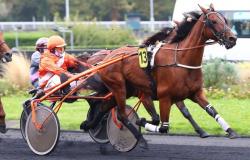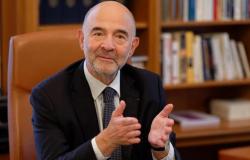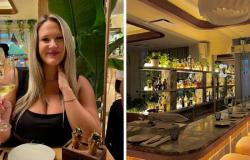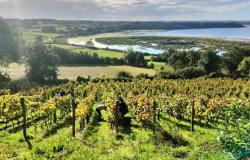Twelve years after the laying of the first stone, the three-dimensional images come to life. Unlike new cities meant to replace slums, the Green City of Benguérir meets numerous sustainability criteria. This urban center is designed as a living laboratory, experimenting with new urban planning approaches that place nature and knowledge at the center of its planning.
LLaunched in November 2012 by King Mohammed VI as part of sustainable development initiatives in Morocco, the Mohammed VI green city of Benguerir aims to create new cities where ecology and the environment play a central role, by putting the emphasis on sustainability, knowledge and innovation, while ensuring a quality living environment. This ambitious project, developed by the OCP Group, aspires to become a truly world-renowned university hub thanks to the Mohammed VI Polytechnic University (UM6P) and its integrated ecosystem.
The first of its kind in Morocco, this city stands out for its local and national dimensions, being part of an economic and social renewal for the Rhamna region. Under development over more than 1,000 hectares to accommodate around 100,000 inhabitants, the city includes an 80-hectare Coulée verte, more than 50 hectares dedicated to tertiary activities and around 25,000 residential units. The Green Planning and Development Company (SADV), in charge of the project, emphasizes that the ratio of green spaces per inhabitant will reach 20 m². Moreover, everyone calls it the “green city”, because it displays this objective, much more than other Moroccan metropolises (1 m2/inhabitant for Casablanca currently).
Read also | UM6P: the SHBM in Benguérir certified by EHL
It must be said that the Green City of Benguérir meets several urban sustainability criteria. Waste is carefully sorted, reused and recycled. A sewage treatment plant manages wastewater, while a solar power plant provides 30% of the university’s energy needs during the day. In addition, the cycle paths set up on the avenues are now frequented by self-service electric bicycles and scooters, thanks to an application designed by university students.
The green belt which extends from north to south of the city for nearly 4 km forms the central structure of the Mohammed VI Green City. It is home to a unique set of five oases, designed to create microclimates conducive to cultural and recreational activities. This route also connects the green city to Benguérir, while playing a key role in the development of soft roads. Within this space, there are major infrastructures, notably part of the Mohammed VI Polytechnic University (UM6P), a real pillar of the project.
En terms of development, the city includes 15 hectares of agricultural areas, 30 hectares of Talwegs, and 50,000 trees, including 28,000 planted during pre-greening. The Mohammed VI Green City, which has a national and international reach thanks to the UM6P, is also an open-air “architecture laboratory”, respecting rigorous standards in sustainable design.
Buildings are oriented to maximize natural ventilation, and streets are designed based on prevailing winds. Particular emphasis is placed on renewable energies, with a 30% share of green electricity and solar water heaters. Innovative water management, rainwater harvesting, as well as a fiber optic network for intelligent urban services, are also essential characteristics of this city. The strategic areas of development are based on academic excellence and applied research, supported by modern equipment and dynamic laboratories.
The second axis concerns “economic development”, through an activity zone specially designed for innovation players. The Techpark constitutes a district dedicated to young companies wishing to develop and test their innovative solutions, as well as to those seeking to set up their production activities or offices.
Finally, the “urban attractiveness, sustainability and intelligence” axis aims to provide high-quality, sustainable and intelligent urban development and living spaces, accompanied by a real estate offer and services aimed at strengthening attractiveness. “Morocco is at the forefront of creating new cities to eradicate slums, but many projects have ended in failure. Today, the Green City of Benguérir is a model for changing the situation,” Abdellatif El Ghali, Expert in sustainable design and urban planning.
Read also | The Akdital Group launches the construction of its oncology center in Benguérir
In the Green City of Benguérir, experimentation is at the heart of urban development, even for future residential districts to come. Initially focused on university activities and business creation, the city is now developing an offer that meets growing demand.
After the opening of the Lycée Mohammed VI d’Excellence and an American school, the Jacques-Majorelle school group recently joined the educational offering, thus strengthening the attractiveness of Benguérir. This intermediate city, booming thanks to the UM6P, continues to develop with the opening of a luxury DoubleTree by Hilton hotel and the establishment of the International Oncology Center by the Akdital group. The latter will represent the 23rd health establishment of the private leader in Morocco, located in the future “Health Care City”, in the heart of Benguérir and close to UM6P.
Other infrastructure, such as restaurants and a sports shooting club, have also emerged. According to the city’s development plan, more housing, shopping and entertainment spaces are planned. However, a major challenge remains according to Abdellatif El Ghali. “It remains to create connections between the old and the new Benguerir in order to form a coherent and harmonious urban fabric.”






